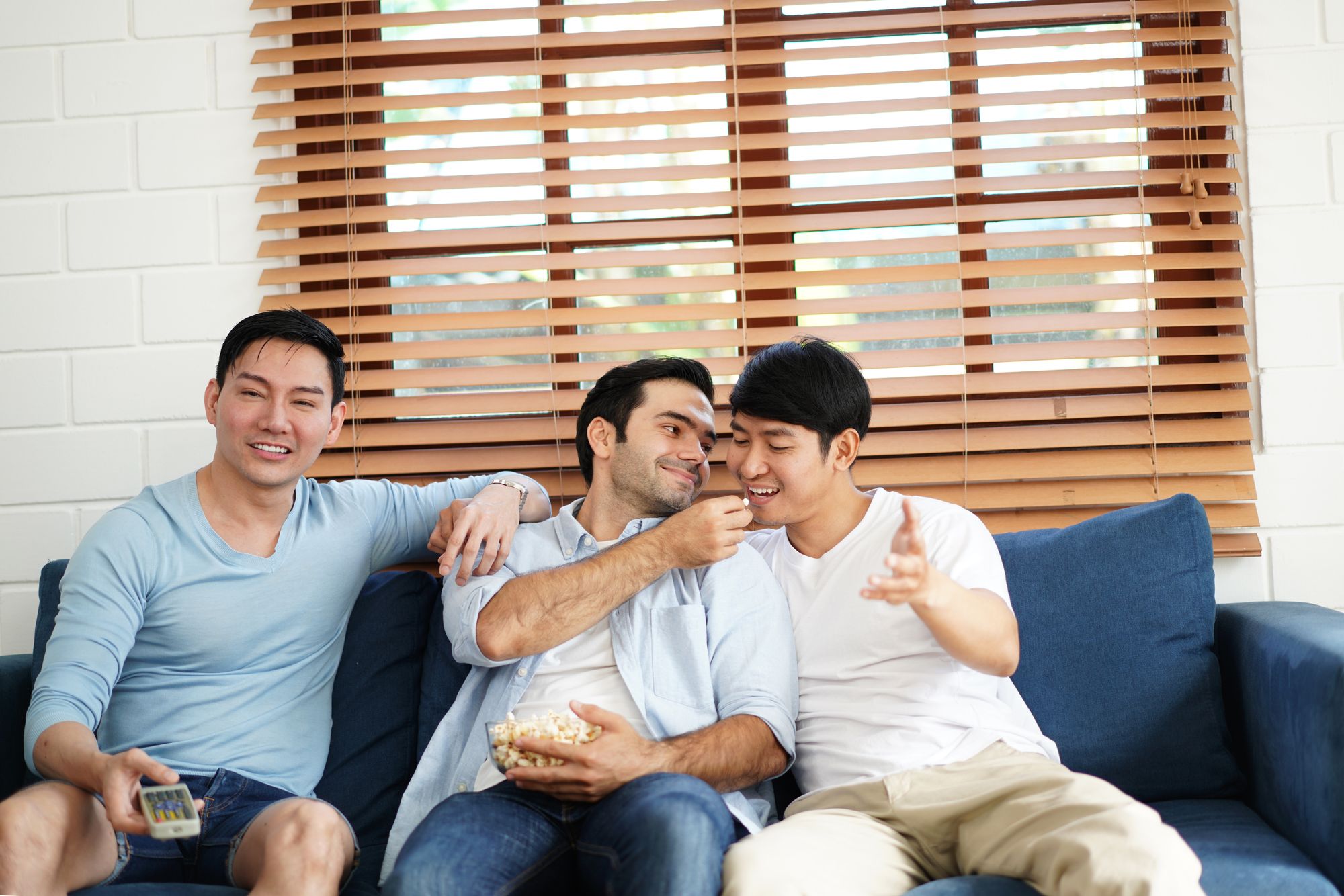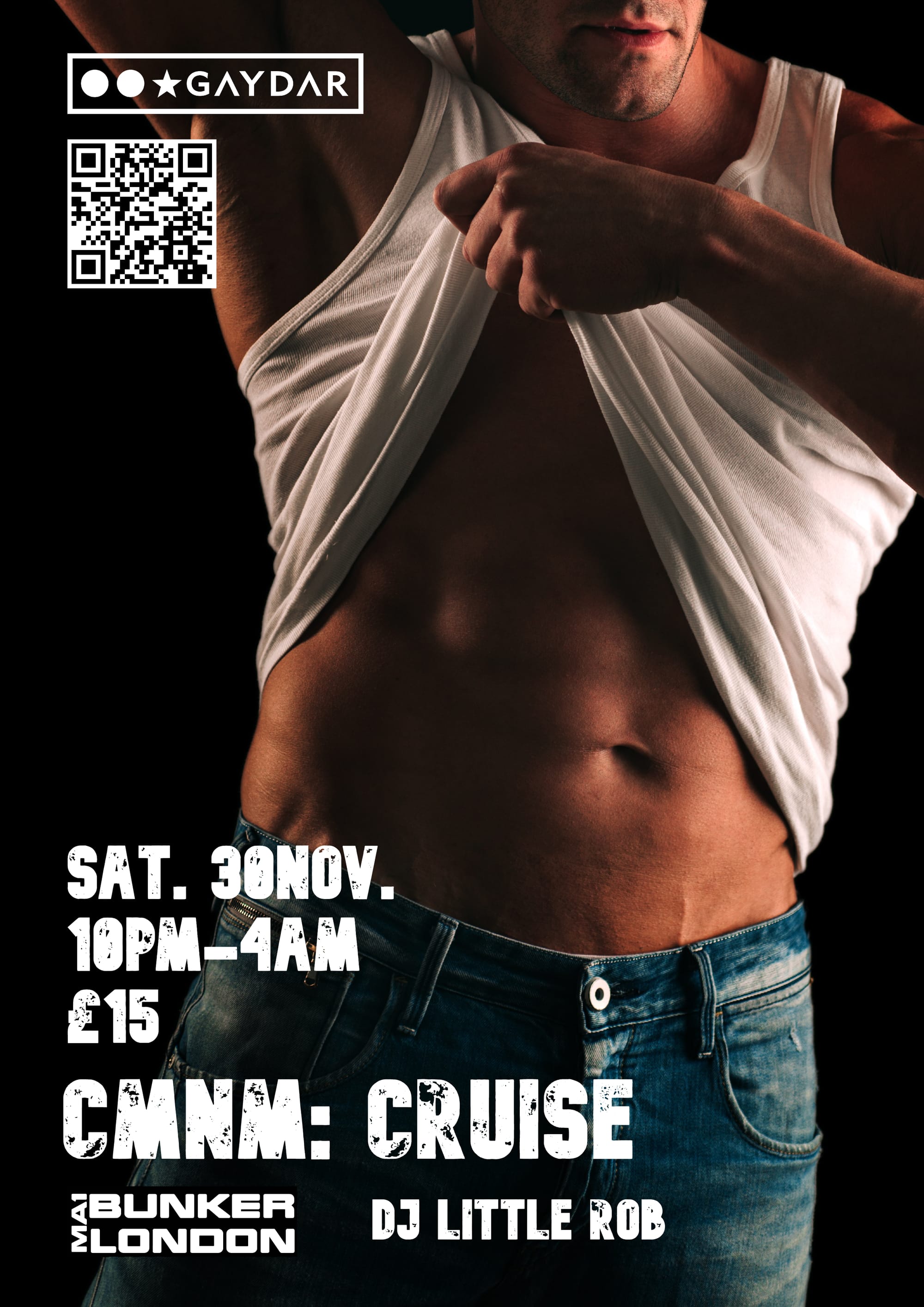A beginner's guide to open relationships
How do gay men navigate this tricky terrain?

Relationships are never easy and always fairly complicated, and you’ve got to find what works for you. There’s no right or wrong way of being in a relationship with another person, as long as everyone is getting what they need.
How To Date Men
For the How To Date Men podcast, I caught up with sex and relationship therapist, Nicholas Rose.
In the conversation, we talk about how to open your relationship up to non-monogamy, how to navigate problems that might arise, and how to have a conversation about whether an open relationship is right for you.
In his book – Better Together – Nicholas Rose shares case studies and insights from his work as a sex and relationship therapist in London.
I caught up with Nicholas for a behind-the-scenes look at the book and what it tells us about queer relationships.
What was the inspiration for turning some of your counselling experiences into a book of case studies about relationships?
Actually this book might never have happened if not for the COVID-19 pandemic and the year of lockdowns.
Extra time, combined with a powerful desire to offer something, make full use of my time and distract myself from my feelings of helplessness and impotence, pushed me to try to put into words what has driven me to work as a therapist with relationships and to share what I have learned.
How does reading about someone else’s relationship help us navigate the reality of our own relationships?
It is natural for us to think about our own situation when we engage with the experiences of others. While we all know that comparison can be unhelpful, the ways in which other people experience and think about life can often be wonderfully enlightening and freeing.
My hope in writing this book was that it might help readers with their relationship dilemmas while also giving an insight into therapy so as to make it more accessible.
There are so many misconceptions about what therapy is and I hope my book goes some way towards dispelling some of them.
Was it difficult to choose which case studies to feature? Was everyone happy to be featured in the book, or are there some couples who didn’t want their relationships laid bare in public?
At the point when I started to write the stories, I got very stuck because I really wanted to protect the confidences of all my patients. My solution in putting these stories together was to work with a writer who was able to construct the framework of the stories, allowing me to identify the potential moments of therapeutic change and to formulate my response in each situation.
We spent many hours talking about the concerns people bring to therapy and as we explored and wrote the initial chapters that’s how ideas came about for the examples we have chosen.
One of the case studies that resonated with me was Marcus and Tian – a couple who were navigating shifting from monogamy to non-monogamy. Is that one of the most common topics that queer couples bring to a counselling session?
Relationship structures are often a concern with which partners struggle. Underneath the practical elements of what the changes may or may not be are the partners feelings and needs which often need time and focus in order to be fully understood.
When needs and feelings are understood the partners can quite quickly find ways to move forward.
Taking that example of a couple figuring out how to open up their relationship, I found your reflections interesting in terms of the difference between structure – such as deciding what the ‘rules’ are – and process or how to navigate what can be tricky emotional terrain. Are our relationships doomed to fail unless we’ve figured out how to engage our emotional intelligence?
When you use the term emotional intelligence I tend to think of the way in which we all share a process of how we make meaning from our experience. Experience being the feelings that arise in response to information from our senses followed by the thoughts that aim to help us make sense of those feelings – of course, those thoughts are then the source of further feelings and thoughts.
Neuroscience tells us that we cannot stop our feelings but what we are able to do is carefully consider the thoughts that we then have as a result – taking time to pause and reflect enables us to sometimes find differing ways of thinking about things. With those differing thoughts come differing feelings!
What do you hope that people feel when reading your book, Better Together?
I hope that people feel a sense of calm, energy and empowerment when they read the book.
My hope is that readers have an experience of the words generating an internal dialogue whereby new possibilities and questions about their relationships provide a means of understanding what has yet to be understood.


